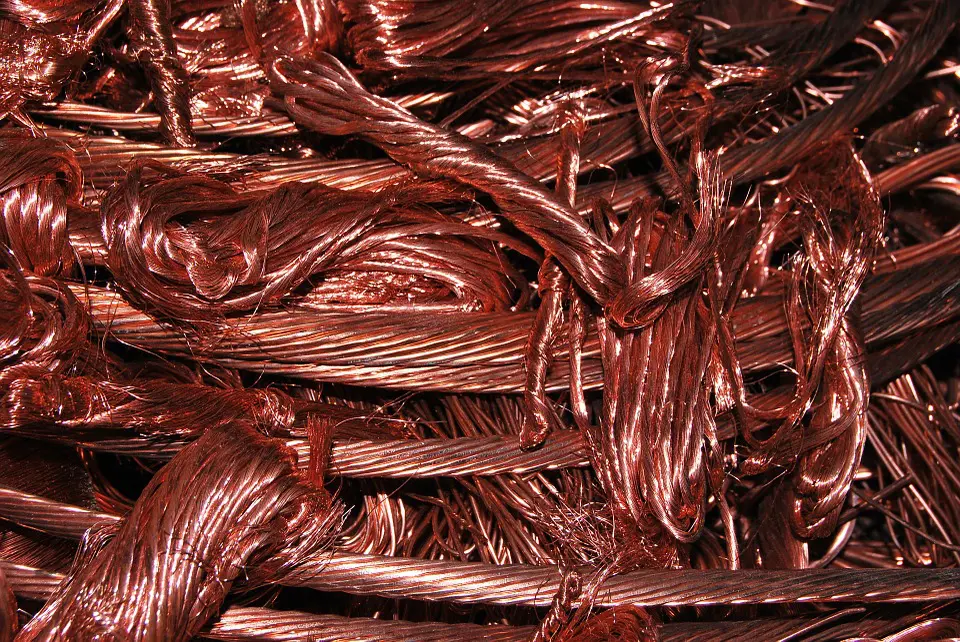Electrical conductivity refers to the amount of current that is generated on the surface of target metal. Simply put, it is how electrical current flows through metal. Conductivity can be measured by the ability of an element to transmit energy.

(Pixabay / PublicDomainPictures)
All metals are capable of conducting electricity, but some are better at it than others. Pure silver is among the best electrical conductors among the common metals. It has 105% conductivity compared to copper’s 100% and gold’s 70%. Aluminum comes in at 61% conductivity and brass at 28%. Other metals such as zinc and nickel have lower percentages.
While silver has the highest level of conductivity among metals, it is not widely used in the manufacture of electronic devices because it can tarnish. Silver’s tendency to tarnish is a big issue where skin effect plays an important role in conducting electricity, such as when high frequency currents are involved. Silver is also expensive. If it were to be used in electronic devices, it would drive up prices significantly.
The most commonly used metal in different applications, including electronics manufacturing, is copper. Copper has strong electrical conductivity, and it’s affordable and versatile. Copper is also a good thermal conductor and has low reactivity to water and acids. It does not corrode easily compared with other metals.
Copper is found in most electronic devices, gadgets, and major home appliances.Copper wires allow electricity to flow easily without losing much energy. Copper is the most common material in electrical cables in houses and other facilities, including those located underground. Where size, not weight, is the prime consideration, copper provides a great solution. Thick copper cables can carry large amounts of electricity without melting. Where weight is an issue, such as with hanging cables, aluminum is often a better choice.
